-
Don’t Miss These Astronomical Events in August 2024

In August, you have the chance to witness four of the 12 best astronomy events of 2024! Even better, these events are accessible to all levels of observers and don’t require any special equipment. Read on for a detailed forecast of celestial wonders for August 2024. Use the Sky Tonight app to find the night…
-
Space photo of the week: A cosmic ‘fossil’ holding some of the oldest stars in the universe

What it is: Globular cluster NGC 2005 Where it is: 162,000 light-years away, in the Large Magellanic Cloud, a satellite galaxy of the Milky Way, and visible in the constellation Dorado When it was shared: July 7, 2024 Why it’s so special: This new image from the Hubble Space Telescope shows an object with mysterious…
-
A moon of Uranus could have a hidden ocean, James Webb Space Telescope finds
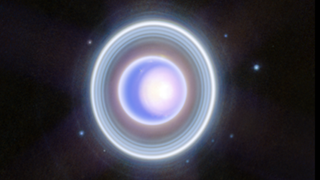
Using the James Webb Space Telescope (JWST), astronomers discovered that Ariel, a moon of Uranus, could be hiding in a buried liquid water ocean. The discovery could supply an answer to a mystery surrounding this Uranian moon that has perplexed scientists: the fact Ariel’s surface is covered with a significant amount of carbon dioxide ice.…
-
NASA images: 7 mesmerising images of space will make you fall in love with astronomy
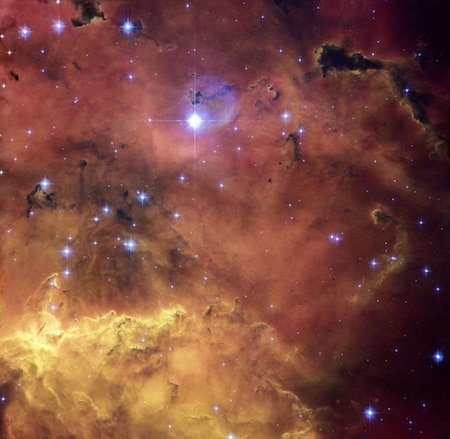
Here are a few stunning images of space shared by NASA that will make you fall for the universe. Pravrajya Suruchi | Jul 26, 2024, 04:45 PM IST NASA continues to inspire awe and curiosity with its breathtaking images and groundbreaking exploration of space. 1. N44- A complex nebula located in the Large…
-
James Webb Space Telescope directly images its coldest exoplanet target yet
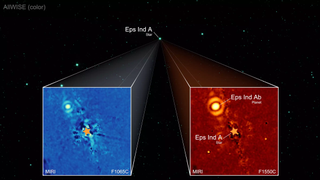
Using the James Webb Space Telescope (JWST), astronomers have investigated a new “super-Jupiter” planet that is one of the coldest worlds ever seen outside the solar system. The extrasolar planet or “exoplanet” is located in the triple star system Epsilon Indi, which sits around 12 light-years away. The planet is designated Eps Ind Ab and…
-
Sun-like stars seen orbiting hidden neutron stars
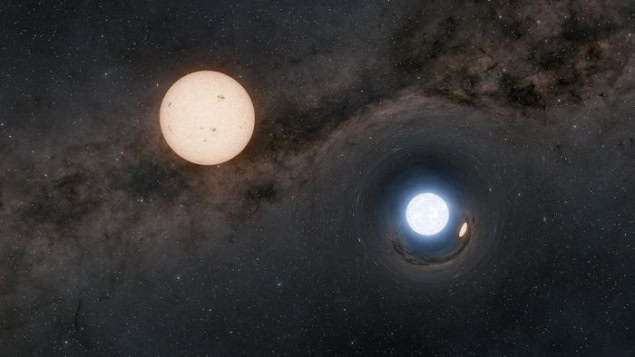
<a href="https://physicsworld.com/wp-content/uploads/2024/07/24-7-24-Sun-like-star-and-neutron-star.jpg" data-fancybox data-src="https://physicsworld.com/wp-content/uploads/2024/07/24-7-24-Sun-like-star-and-neutron-star.jpg" data-caption="Survivors Artist’s impression of a Sun-like star (upper left) orbiting a neutron star, with no mass being transferred between the two. The figure also illustrates how the neutron star’s gravity distorts nearby space–time, creating a mirror image of the Sun-like star. (Courtesy: Caltech/R. Hurt (IPAC))”> Survivors Artist’s impression of a Sun-like…
-
‘Double’ meteor shower will light up the skies next week. Here’s how to watch.

Stargazers will soon be able to witness a “double” meteor shower as both the Alpha Capricornids and the Southern Delta Aquariids peak next week. The twin-skywatching event is “just an amazing coincidence,” Nicholas Moskovitz, a planetary astronomer at Lowell Observatory in Arizona, told Live Science. Meteor showers occur when Earth’s orbit intersects a comet’s path.…
-
Nehru Planetarium set for revamp, India’s space achievements to take centre stage
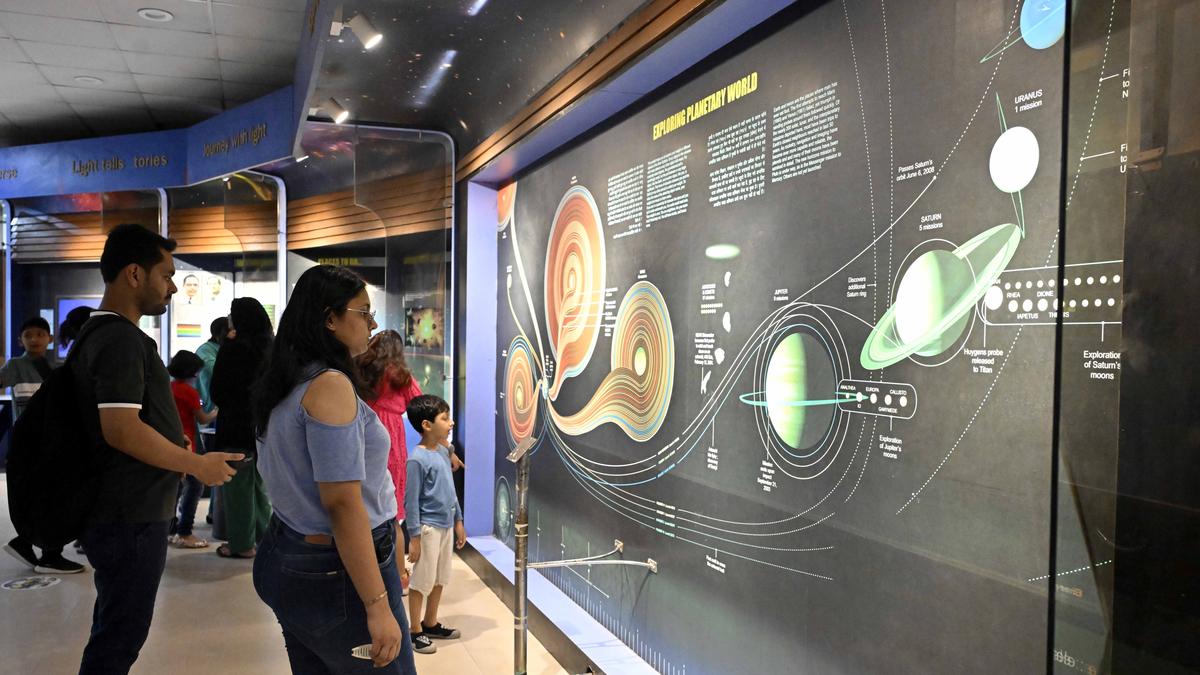
Nehru Planetarium is getting ready for a revamp by the year end, with its gallery set to feature by 2025 new interactive screens focusing on India’s latest space missions and developments in the field of astronomy. The Capital’s sole planetarium located on Teen Murti Marg was opened to the public in 1984. Over the years, space…
-
Astronomers are scrambling to save the world’s most powerful X-ray space telescope
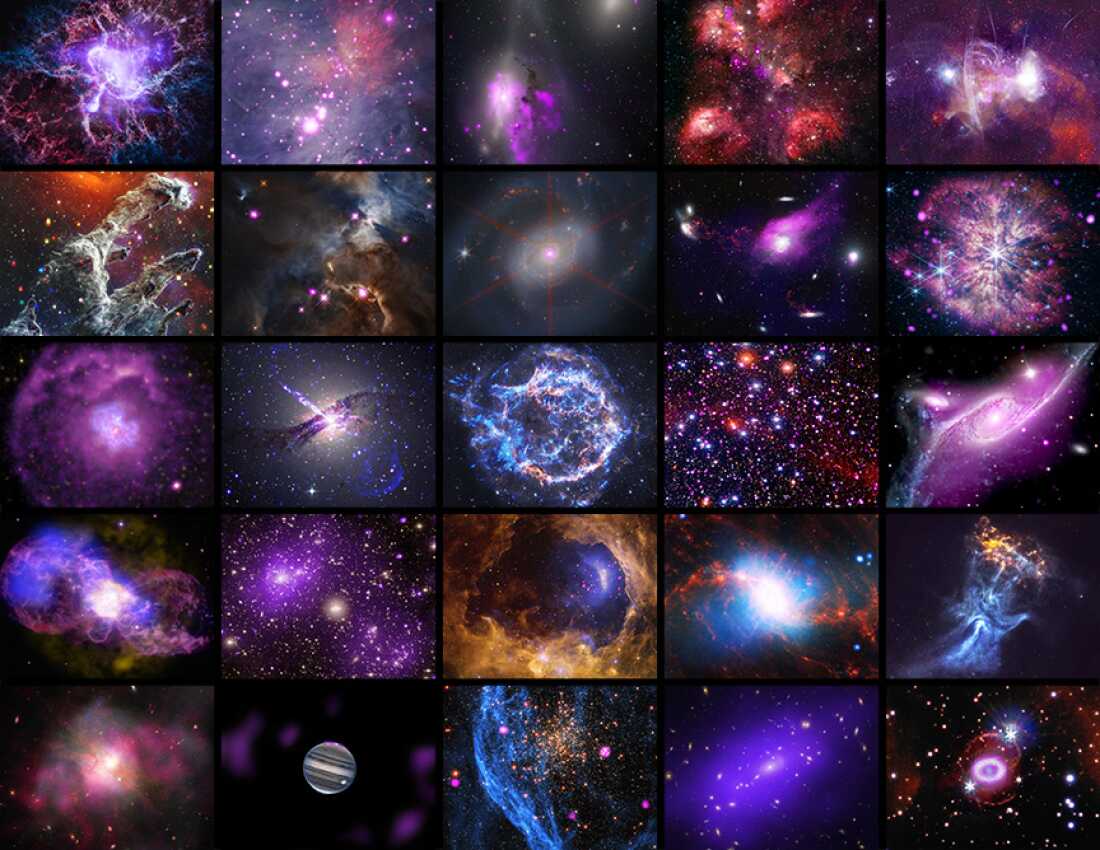
To celebrate the 25th anniversary of the launch of the Chandra X-ray Observatory, the mission released 25 views of cosmic objects ranging from supernova remnants to galaxy clusters and more. NASA/SAO/CXC NASA/SAO/CXC The most powerful X-ray telescope ever built has reached its landmark 25th anniversary in space — but back on Earth, astronomers worry that…
-
Eileen Collins burst through the glass ceiling aboard the space shuttle
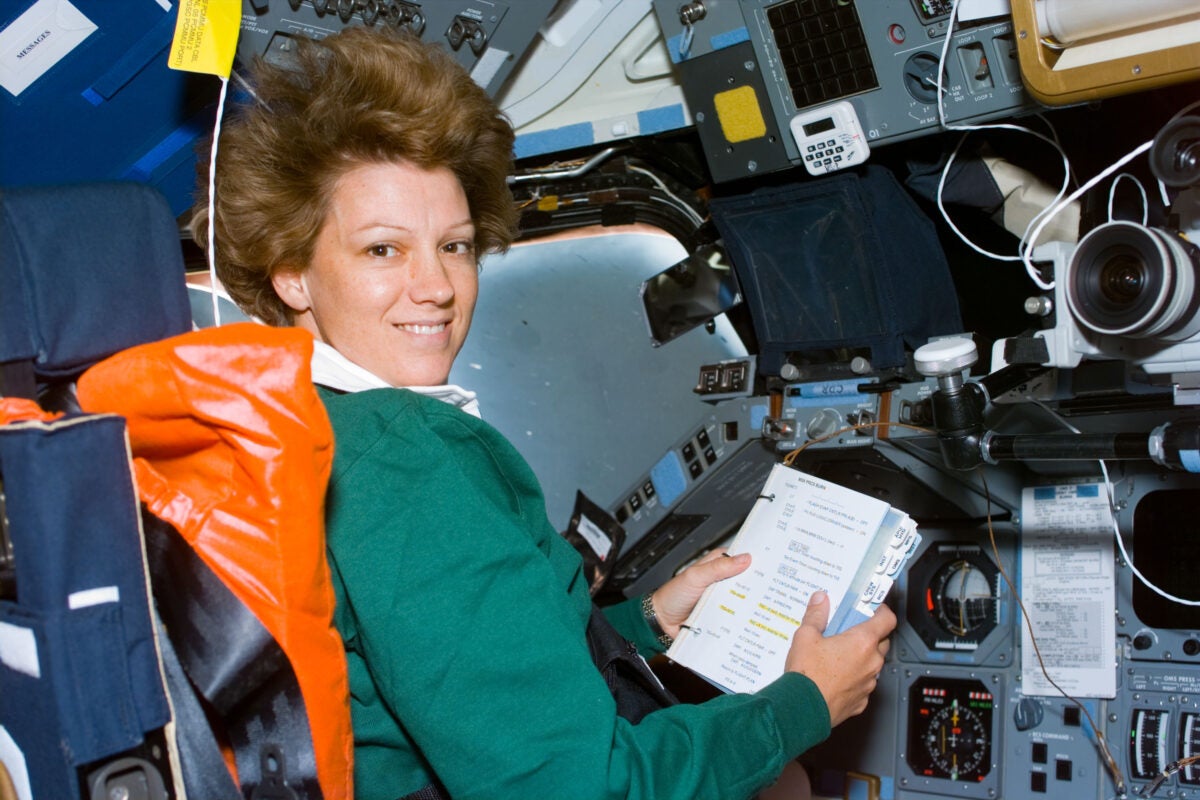
Eileen Collins, mission commander, looks over a checklist on the Space Shuttle Columbia in 1999. Credit: NASA. Twenty-five years ago, Eileen Collins became the first woman to command a spaceflight. A test pilot, mathematician and trailblazer, this soft-spoken Air Force Colonel helmed Space Shuttle Columbia when it roared into Florida’s post-midnight darkness on July 23,…